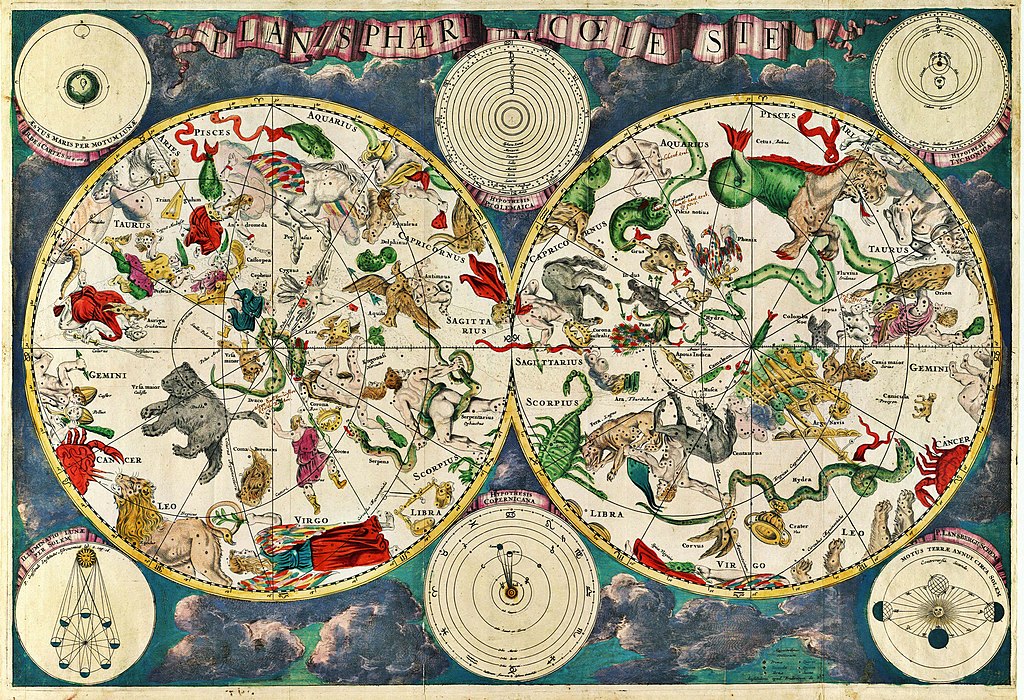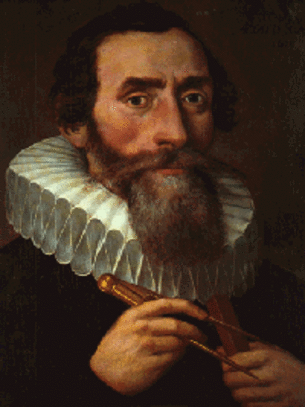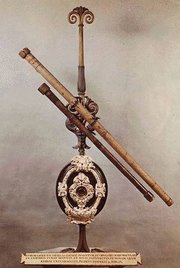Well, we all know what Science is because we have encountered this since we went to school in our early years and in fact we have experience this most of the time. What I know about Science is that this explains everything that we have encountered in our everyday life. The questions "Why the world was made?" and "Why are there stars?" are questions that can be answered by science.
There are many branches of science and I don't want to further elaborate these branches because we know that there are too many of them, but I chose Astronomy to further discuss with because I like exploring the the universe and it's celestial objects.
Astronomy is the study of celestial objects such as the stars, galaxies, planets,moons, asteroids, comets and nebulae. It is also known as one of the oldest sciences. It comes from the Greek words "astron" means "stars" and "nomos" means "law" or "culture", ( law of the stars).

In early times, astronomy only comprised the observation and predictions of the motions of objects visible to the naked eye. In some locations, early cultures assembled massive artifacts that possibly had some astronomical purpose. In addition to their ceremonial uses, these observatories could be employed to determine the seasons, an important factor in knowing when to plant crops, as well as in understanding the length of the year.


Galileo Galilei
Nicolaus Copernicus

Johannes Kepler

Galileo's telescope
Currently now, there are many amateurs who constantly study the skies using their advance technologies or telescopes as their passing time or hobby. Their are also discoveries by astronomers like the NASA's Kepler which is the first near-Earth-size planet.

No comments:
Post a Comment